Chesapeake Community Modeling Program
CCMP Newsletter | March 2012
Volume 5, Issue 1
Introduction
Hello and welcome to the first CCMP news letter of 2012. We have been busy organizing the Chesapeake Modeling Symposium 2012 and it is shaping up to be a fantastic event!
Please Note - The abstract submission dealine for CheMS12 of March 15 is fast approaching. This is also the deadline for the early-bird registration discount. For information on registration and abstract submission please go to www.chesapeakemeetings.com/CheMS2012/registration.php
Enjoy this edition and, as always, please contact Dave Jasinski if you have any questions or comments.

Contents
1. CCMP News in brief
2. News From Other Communities
3. Featured Modeler: Eileen Hofmann
4. Featured Model: SELFE
5. Upcoming Meetings
1. CCMP News in Brief
CheMS12 May 21-22, 2012
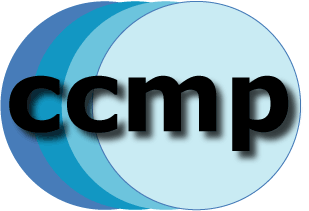 Registration is now open for the Chesapeake Community Modeling Symposium 2012. The theme for CheMS12 is "Interfacing between modeling, management, and the public: TMDLs, politics, litigation, and conflicting stakeholder interests". As we mentioned in our last newsletter, plenary talks will include those by Jeff Corbin (EPA), Denise Reed (University of New Orleans), and Gerald Learmonth (University of Virginia). We have also been busy lining up panelists for the Panel discussion on the morning of day 2. The discussion will focus on the theme of the Symposium and the panel will be comprised of state representatives, scientist/modelers, and stakeholders. Our confirmed panelists include:
Registration is now open for the Chesapeake Community Modeling Symposium 2012. The theme for CheMS12 is "Interfacing between modeling, management, and the public: TMDLs, politics, litigation, and conflicting stakeholder interests". As we mentioned in our last newsletter, plenary talks will include those by Jeff Corbin (EPA), Denise Reed (University of New Orleans), and Gerald Learmonth (University of Virginia). We have also been busy lining up panelists for the Panel discussion on the morning of day 2. The discussion will focus on the theme of the Symposium and the panel will be comprised of state representatives, scientist/modelers, and stakeholders. Our confirmed panelists include:
State Representatives
- Wayne Gilchrest (former US Representative, MD)
- Anne Swanson (Chesapeake Bay Commission)
Stakeholders
- Beth McGee (Chesapeake Bay Foundation)
- Rich Batiuk (Chesapeake Bay Program)
- Kim Burgess (Baltimore DPW Surface Water Management Division)
- Ken Staver (UMD Wye Institute)
- John Schmidt (Caroline County Planning Commission)
Scientists/Modelers
- Donald Boesch (UMCES President)
- Michael Paolisso (University of Maryland)
This is looking to be one of the key segments of the Symposium.
We have just added another special session based on the Symposium’s theme and geared towards non-modelers and model tool users who are faced with addressing the upcoming TMDLs at the local level. This session will be an open forum where users will be able to address their concerns to model developers, scientists, and managers directly. CCMP has secured funding for individuals from local governments to attend the symposium and participate in this and all sessions.
The Symposium will take place May 21-22, 2012 at the Annapolis Doubletree Hotel in Annapolis, MD. The registration fee is $185 and includes all lunches and breaks and a poster reception on the evening of the first day. There will be a discounted rate for students.
For more information about the Sympsosium and how to register, go to www.chesapeakemeetings.com/CheMS2012/.
Hydrodynamic Modeling Workshop Update
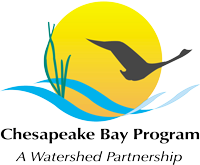 As described in the August 2011 issue of this newsletter CCMP and STAC (Scientific and Technical Advisory Committee of the Chesapeake Bay Program) sent a letter to the Chesapeake Bay Program (CBP) providing input regarding recommendations in the NAS report “Achieving Nutrient and Sediment Reduction Goals in the Chesapeake Bay: An Evaluation of Program Strategies and Implementation” as well as details on the outcomes from the STAC-sponsored/CCMP-hosted Hydrodynamic Modeling workshop held in June 2011. A STAC report on the workshop has been written and STAC/CCMP member Marjy Friedrichs gave a presentation to the CBP Management Board on January 4th of this year. CBP director Nick DiPasquale has recently responded to both the workshop recommendations and the Management Board presentation. This correspondence as well as others related to the workshop can be found here - http://www.chesapeake.org/stac/stac_cor_pubs.php .
As described in the August 2011 issue of this newsletter CCMP and STAC (Scientific and Technical Advisory Committee of the Chesapeake Bay Program) sent a letter to the Chesapeake Bay Program (CBP) providing input regarding recommendations in the NAS report “Achieving Nutrient and Sediment Reduction Goals in the Chesapeake Bay: An Evaluation of Program Strategies and Implementation” as well as details on the outcomes from the STAC-sponsored/CCMP-hosted Hydrodynamic Modeling workshop held in June 2011. A STAC report on the workshop has been written and STAC/CCMP member Marjy Friedrichs gave a presentation to the CBP Management Board on January 4th of this year. CBP director Nick DiPasquale has recently responded to both the workshop recommendations and the Management Board presentation. This correspondence as well as others related to the workshop can be found here - http://www.chesapeake.org/stac/stac_cor_pubs.php .
2. News from other communities
NEON
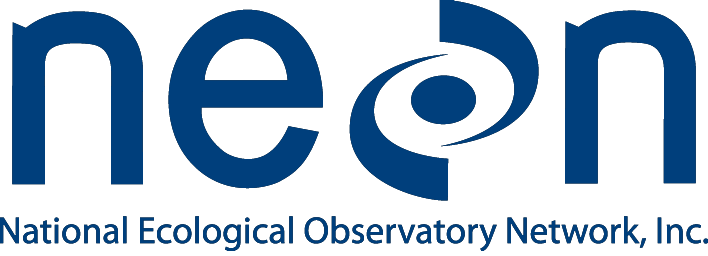 A continental scale NSF funded projected called the National Ecological Observatory Network is getting underway this spring. The goal of this project is to determine the impacts on biodiversity and natural resources from climate change, land use change, and invasive species. Data will be collected via a variety of methods across the continental US, Hawaii, and Puerto Rico over a 30 year time span. All data will be freely available on the NEON website - http://www.neoninc.org/ .
A continental scale NSF funded projected called the National Ecological Observatory Network is getting underway this spring. The goal of this project is to determine the impacts on biodiversity and natural resources from climate change, land use change, and invasive species. Data will be collected via a variety of methods across the continental US, Hawaii, and Puerto Rico over a 30 year time span. All data will be freely available on the NEON website - http://www.neoninc.org/ .
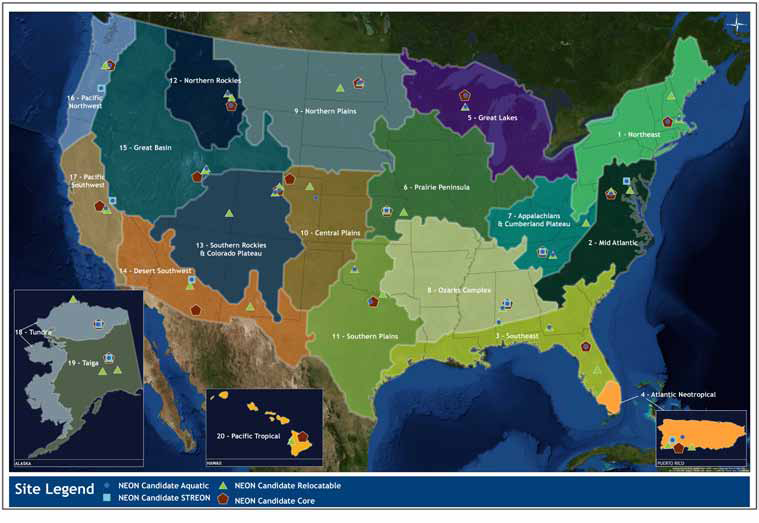 |
| The 20 NEON domains. |
3. Featured Modeler: Eileen Hofmann
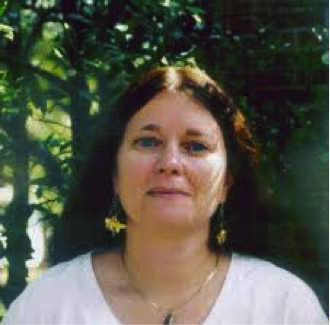 Old Dominion University
Old Dominion University
Center for Coastal Physical Oceanography
Innovations Research Building 1
4111 Monarch Way, 3rd Floor
Norfolk, VA 23508
Education:
1974 B.S, Chestnut Hill College, Philadelphia PA, Biology.
1976 M.S., North Carolina State University, Raleigh NC, Physical Oceanography.
1980 Ph.D., North Carolina State University, Raleigh NC, Marine Sciences and Engineering.
Eileen is a Professor in the Center for Coastal Physical Oceanography at Old Dominion University. Her research interests include a wide variety of topics, which range from mathematical modeling of marine ecosystems to descriptive physical oceanography. Eileen has spent many years on the development of coupled circulation-population models that can be used to investigate the factors controlling the larvae and adults of the Eastern oyster, Crassostrea virginica. These models have been applied to a variety of estuarine systems to study the role of environmental conditions in structuring oyster populations. Eileen has also been a pioneer in the development of data assimilative models for investigating circulation and biological processes in coastal and open ocean marine systems. These include the development of coupled physical-biological models of coastal and open ocean waters surrounding the West Antarctic Peninsula, which she has used to explore the impacts of physical processes and climate change on food web dynamics. All of these studies are inherently interdisciplinary, and many have been associated with large experiments and long-term studies that have involved collaborations with field oceanographers.
In additional to her research, Eileen has played a prominent role in helping to guide both national and international research programs: in the past as a member of the U.S. GLOBEC Science Steering Committee, and the GLOBEC International Science Steering Committee, and now as the Chair of the Science Steering Committee of the Integrated Marine Biogeochemistry and Ecosystem Research (IMBER) Project.
Although Eileen’s research extends to many systems beyond Chesapeake Bay both in the US and internationally, she has also made important contributions locally, for example, in helping to understand Eastern oyster population dynamics. Eileen also played an important role in motivating the formation of the CCMP and served on the CCMP Science Steering Committee as a founding member for many years.
4. Featured Model: SELFE
Our featured model for this edition is SELFE, an open source modeling system developed by Joseph Zhang and Antonio Baptista at the Center for Coastal Margin Observation and Prediction (CMOP). CMOP is located at the Oregon Health and Science University. The Virtual Columbia River model uses SELFE for its hydrodynamics, providing daily forecasts, Decade-scale retrospective simulation databases, and a climatological atlas. Some features that will be available in the future include process simulations addressing hypothesis–driven science questions and scenario simulations.
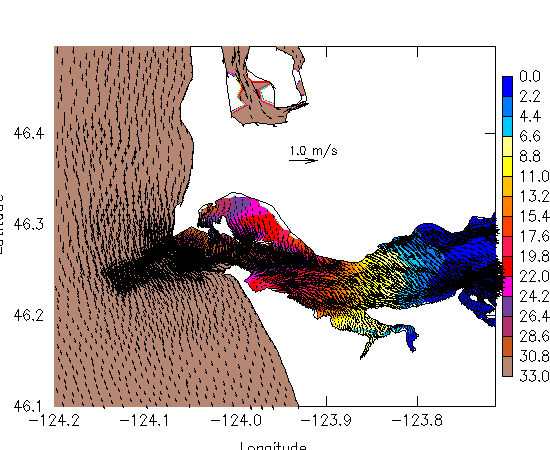 |
| Salinity and current velocity |
From the CMOP website:
"SELFE is an open-source community-supported modeling system, based on unstructured grids, designed for the effective simulation of 3D baroclinic circulation across river-to-ocean scales. It uses a semi-implicit finite-element Eulerian-Lagrangian algorithm to solve the Navier-Stokes equations (in either hydrostatic and non-hydrostatic form), written to realistically address a wide range of physical processes and of atmospheric, ocean and river forcings. The numerical algorithm is high-order, and stable and computationally efficient (but slightly more expensive than ELCIRC). Although not guaranteed in the numerical scheme, the volume conservation is generally good. It also naturally incorporates wetting and drying of tidal flats. While originally developed to meet specific modeling challenges for the Columbia River, SELFE has been extensively tested against standard ocean/coastal benchmarks and applied to a number of bays/estuaries around the world, in the context of general circulation, tsunami and storm surge inundation, internal waves, and recently, oil spill, sediment transport, coastal ecology, and wave-current interaction."
VIMS researchers Harry Wang and Jian Shen have used SELFE in Chesapeake Bay. Harry has used it to conduct inundation and storm surge modeling and Jian is using it to model salinity and tide.
SELFE can be downloaded from the CMOP website at http://www.stccmop.org/knowledge_transfer/software
5. Upcoming Meetings
![]() 6th International Congress on Environmental Modeling and Software
6th International Congress on Environmental Modeling and Software
July 1-5, 2012 link
![]() 8th National Monitoring Conference
8th National Monitoring Conference
April 30, 2012 link
![]() Mid Atlantic ESA Meeting
Mid Atlantic ESA Meeting
April 14-15, 2012 link
Chesapeake Community Model Program
http://ches.communitymodeling.org/
Chesapeake Research Consortium
Edgewater, MD
410-798-1283